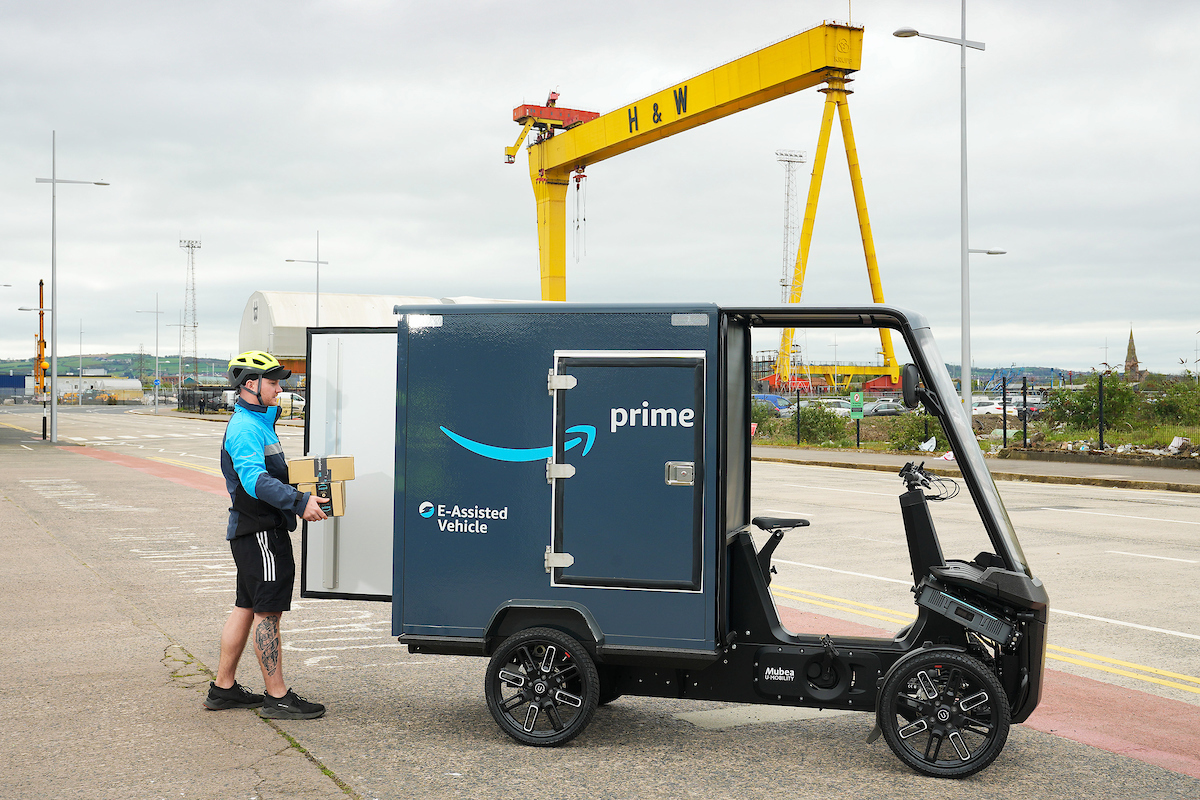Returns have long been the poor relation of retailing yet dealing with them more efficiently
can increase sales opportunities and the bottom line. Research Editor Liz Morrell reveals
the results of Internet Retailing’s latest research.
Or our second research report into returns we aimed to look at the current challenges retailers face, how big their returns rates are, and how they are already handling returns or plans that they have to better manage them. We surveyed more than 100 retailers to find out their views. The results showed that unsurprisingly returns are still a huge problem for retailers. One in five retailers expected returns rates to be higher in the run up to Christmas. However nearly half (49%) of respondents said they expected there to be little change in the number of returns this Christmas compared to last Christmas. Over the year however, it was a slightly different story with 42% of retailers saying that their returns rates had risen over the year and only 7% saying they had gone into decline. Retailers realise that to maximise customer goodwill, and as general good practice, they have to improve their returns experience for customers and more than half (57%) were doing this by providing multiple ways in which customers could return goods other than returning by post. Of these, the most popular option, unsurprisingly, remains return to store – which 56% of retailers had as one of their return options. Collect from home returns was offered by 42% of retailers but the research also showed that third party returns were also growing – with nearly a third (31%) having this as one of their options. Only 1% of retailers had drop-off lockers as a returns option. For most retailers, returning via the post office accounted for the biggest percentage of returns with more than two thirds of customers (68%) returning goods in this way. Of course, our original question about whether retailers were making it easier for customers to return products – with a wider array of returns options – showed that 43% of retailers weren’t making it easier for customers. When asked why not, just over a third (35%) said they were planning to in the future with a fairly even split between those who were considering a greater array of returns options in the next six to twelve months and those who were considering it on a longer term basis. However, perhaps rather surprisingly a third said they were not looking to do anything beyond store or postal returns because it was either not a priority for their business or was too complicated. For some the reasoning was around cost – with other methods too expensive for their business model. For others, it was trying to limit returns in the first place. “We want people to get it right first time so give as much information as possible to ensure they have ordered correctly. Processing returns is costly and a hassle,” said one respondent. Others were simply happy with what they had: “We feel that the returns process we use is adequate and have received no complaints about it,” said another.
COMPLEXITIES & CHALLENGES
Although shoppers have long been used to buying and returning goods through store networks the complexities of a customer buying online but returning instore is a challenge that often neither retailer, nor shopfloor staff particularly embrace since it introduces complexities for both. However this has to change if retailers are to make the return process more efficient and get stock back on sale faster – maximising profits as a result. The challenge is that this relies largely on having a single customer view – since store staff can then easily see all interactions with the retaile that a customer has had whatever channel they have bought through. The survey encouragingly showed that nearly a third (31%) had managed this bu that nearly a quarter (24%) were still trying to manage the complexities and challenges associated with customers returning to store when they had bought online. Shoppers are increasingly used to click and collect for getting goods but how about drop and return for when they are sending goods back? We asked retailers if they had seen the same rise in drop and return as click and collect. The survey showed that for a third of retailers it remained minimal but for just over a quarter (26%) it was rising. The challenge around returns has long been how to pay for it. In our survey nearly a thir of retailers (31%) offered free returns on all their sales. And it’s no surprise since encouraging returns can be a great brand builder since it builds both trust in the brand for new customers and encourages larger basket size they varied in how happy they were to offer them and some ratailers were considering reducing or phasing them out completely. There are many problems a retailer has to deal with when challenged by returns: from sustainability to storage capability to timing of turning goods around for resale – and refund to the customer and all fast enough. However, the survey showed that the biggest problem remains maximising asset recovery with this cited as the bigges challenge for a massive half of all the retailers surveyed.Getting the sale right in the fi rst place is critical to minimising returns and the survey showed that this was still the main driver for the majority of returns with poor fi t and a failure to meet customer expectations the problem for 46% and 47% of retailers respectively. The survey showed that retailers were looking at a number of ways to combat such problems – such as increasing the amount and quality of information onsite to looking at third party tools that can help. There is more that can be done. The survey showed that nearly half of retailers (43%) tracked returns and captured the data they received but didn’t use or analyse the information – meaning they are potentially missing out on big learnings to improve their business. Instead retailers are trying to make the most of the products they get back – with almost 40% reworking and refurbishing product to sell on. However, rather shockingly, 58% said they didn’t track what was being done with product that was being returned but that couldn’t be resold. The survey also showed that many retailers were missing a trick with learning from their customers too – since 43% of retailers don’t capture feedback from customers on their experiences when returning goods. Retailers were also rather lax when making use of customer reviews too. Although 57% of retailers surveyed rated online reviews an important source of feedback and 53% rated them as very important for measuring customer satisfaction only just over half (51%) cited monitoring reviews written about their company as being very important. The facts and our fi gures from the survey of retailers make interesting reading and there will be lots more insight in our Returns Research Report which will be published in February as well as our live event on 1 February where you will hear a short summary presentation of the report as well as presentations from the report’s sponsors Trustpilot, Hermes , iForce and Clear Returns. See http://internetretailing.net/events/ for further details. We look forward to seeing you there.





